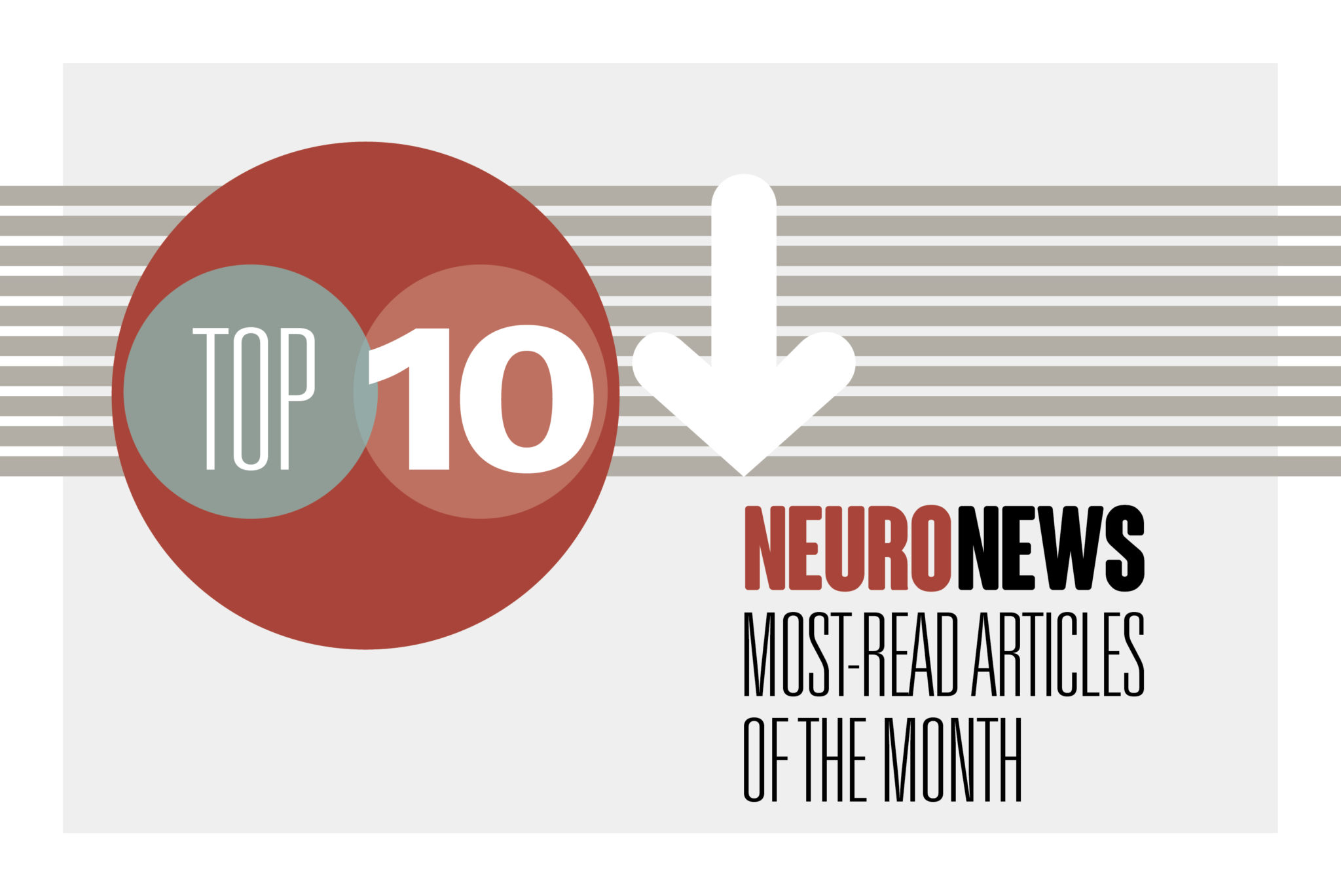 The current furore surrounding aspiration-first thrombectomy approaches in acute stroke treatment is exemplified in NeuroNews’ 10 most popular articles from May, with the latest data and product launches from a number of neurovascular industry players featuring heavily. New findings on the optimal role for ‘distal thrombectomy’ also garnered interest from our readers last month, as did study publications covering carotid revascularisation techniques, a more streamlined approach to subdural haematoma management, and vagus nerve stimulation’s potential benefits in stroke recovery.
The current furore surrounding aspiration-first thrombectomy approaches in acute stroke treatment is exemplified in NeuroNews’ 10 most popular articles from May, with the latest data and product launches from a number of neurovascular industry players featuring heavily. New findings on the optimal role for ‘distal thrombectomy’ also garnered interest from our readers last month, as did study publications covering carotid revascularisation techniques, a more streamlined approach to subdural haematoma management, and vagus nerve stimulation’s potential benefits in stroke recovery.
1. Route 92 announces presentation of SUMMIT MAX results and gains new US FDA clearance for reperfusion system
Route 92 Medical has announced positive results from its SUMMIT MAX randomised controlled trial (RCT) comparing the efficacy and safety of the HiPoint reperfusion system, including the super-bore 0.088-inch HiPoint 88 aspiration catheter, to a conventional 0.074-inch catheter. These data were presented at the European Stroke Organisation Conference (ESOC; 21–23 May, Helsinki, Finland).
2. Von Vascular reports superior complete clot ingestion versus leading aspiration pump in preclinical study
Von Vascular has announced the publication of a pivotal preclinical research study evaluating the performance of its Algo smart pump technology used in ‘smart static mode’. The study—which saw the Algo system achieve significantly higher rates of complete clot ingestion (CCI) as compared to a leading commercial aspiration pump in stroke thrombectomy procedures—has been published in Clinical Neurology and Neurosurgery.
3. Imperative Care launches dual aspiration thrombectomy catheter for ischaemic stroke treatment
Imperative Care has announced that the Zoom stroke system has been further expanded with the launch of the Zoom DuoPort technology, which allows physicians to use the novel continuous dual aspiration technique (CDAT) on two Zoom aspiration catheters simultaneously from a single vacuum source.
4. Fresh DISTAL and ESCAPE-MeVO analyses further elucidate stroke thrombectomy’s role in distal-vessel occlusions
Two analyses disclosed for the first time at ESOC 2025 have shed fresh light on the potential role for mechanical thrombectomy in acute ischaemic strokes caused by distal/medium-vessel occlusions (D/MeVOs), following presentations of neutral efficacy results across three randomised trials comparing the procedure to best medical therapy earlier this year.
5. Carotid endarterectomy outperforms stenting amid overuse of both procedures in 10-year cohort study
A retrospective, nationwide cohort study has revealed carotid endarterectomy (CEA) performed better than carotid artery stenting (CAS) in France over the course of a decade, while also highlighting the overuse of both procedures in the same period. Based on their findings, the research team calls for the suspension of interventions for carotid artery disease until appropriate studies are conducted.
6. Single-session MMA embolisation and surgical evacuation could enable more “resource-efficient” cSDH management
Performing a middle meningeal artery (MMA) embolisation procedure during the same anaesthesia session as a burr hole evacuation surgery represents a safe and potentially resource-efficient approach within the management of chronic subdural haematoma (cSDH), as per a retrospective review published recently in the Journal of NeuroInterventional Surgery.
7. Terumo Neuro announces US commercial availability of Sofia 88 neurovascular support catheter
Terumo Neuro has announced the commercial availability of the Sofia 88 neurovascular support catheter in the USA, expanding the company’s stroke portfolio with a new large-bore catheter engineered for reliability, procedural flexibility, and physician control.
8. “Largest real-world study of its kind” demonstrates RapidAI’s ability to identify challenging aneurysms
RapidAI has announced pivotal results from what it describes as “the most extensive real-world study to date” on artificial intelligence (AI) for aneurysm detection. Presented at the 2025 American Association of Neurological Surgeons (AANS) annual scientific meeting (25–28 April, Boston, USA), the retrospective, single-centre study analysed 11,694 consecutive computed tomography angiography (CTA) scans, demonstrating how RapidAI’s clinically validated platform—Rapid Aneurysm—can enhance diagnostic confidence and consistency, particularly in detecting nuanced or hard-to-visualise intracranial anomalies like aneurysms when used in conjunction with standard clinical interpretation.
9. Merck assumes clinical development and commercialisation of stroke drug ApTOLL
AptaTargets has announced an agreement with German pharmaceutical giant Merck—signed in October 2024—for the clinical development and commercialisation of ApTOLL, a Toll-like receptor 4 (TLR4) antagonist being developed to treat acute ischaemic stroke.
10. Stroke survivors achieve long-term improvement in motor function with VNS therapy
Microtransponder has announced the publication of new findings in the journal Stroke validating the beneficial long-term outcomes of paired vagus nerve stimulation (VNS) therapy via its Vivistim system for chronic stroke recovery. The findings demonstrate that stroke survivors treated with paired VNS for upper-extremity deficits post-stroke had improvements in symptoms of motor impairment, as well as activity, participation in daily life and quality of life, for at least one year after completing therapy.







